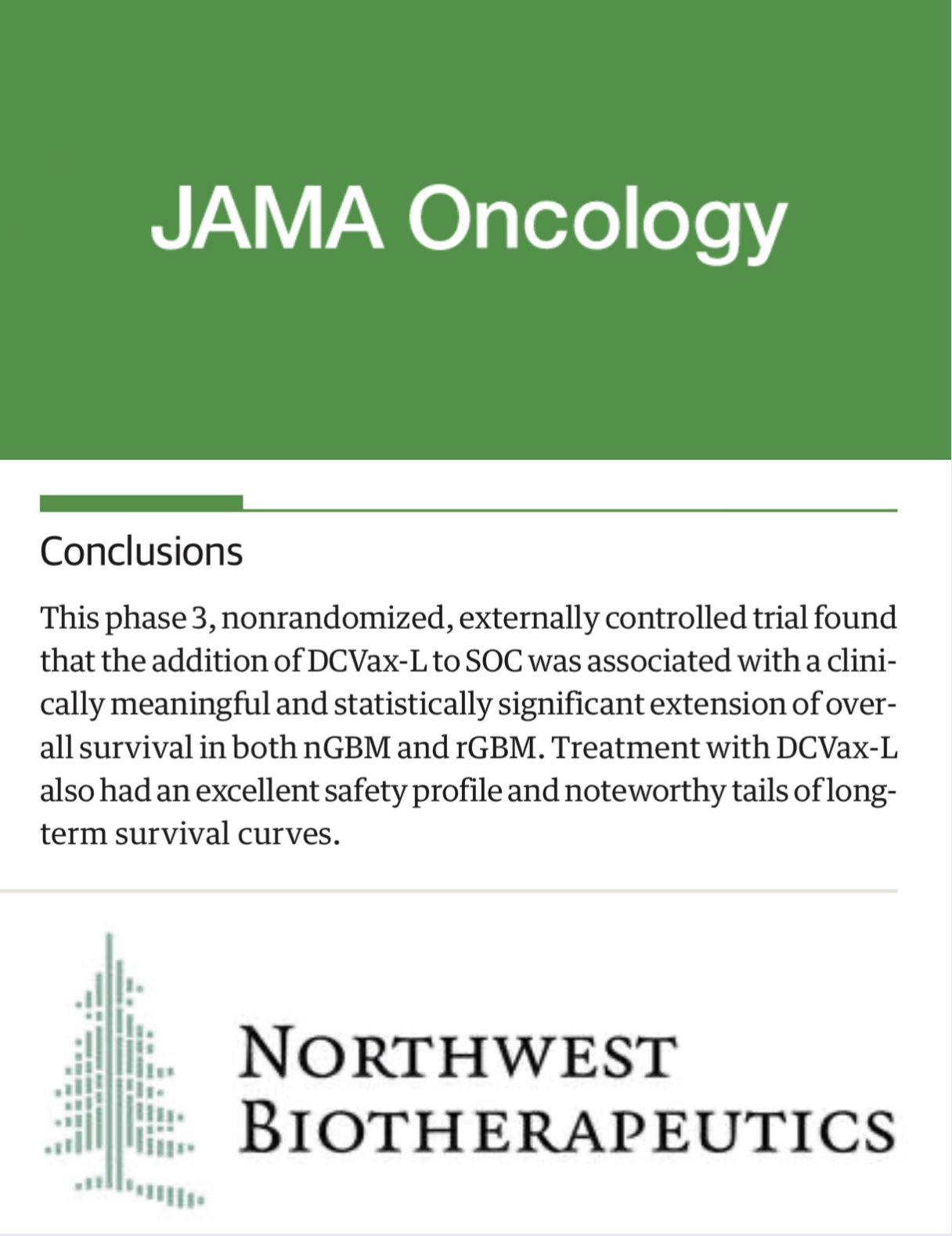结肠癌治愈的定义:15项随机临床试验的汇总分析
IF 20.1
1区 医学
Q1 ONCOLOGY
引用次数: 0
摘要
II至III期结肠癌(CC)的治愈定义仍然不明确,因为传统终点的局限性,包括死亡和第二原发肿瘤。这可能会使与患者就长期结果的沟通复杂化。目的区分复发与竞争性健康相关事件,对术后多年的长期预后进行分类,并探讨初始CC的真正复发发生率何时接近0%,以确定该疾病的治愈程度。设计、环境和参与者:本研究对来自15个3期随机临床试验的个体患者水平数据进行了汇总分析,使用Kaplan-Meier和aallen - johansen方法评估了到cc相关复发的时间,死亡和第二原发肿瘤被视为竞争风险。Cox回归模型评估预后关联,按性别、分期和肿瘤分层。接受辅助化疗的II至III期CC患者被纳入研究。所有患者均接受根治性手术治疗,并接受辅助化疗,中位随访时间至少为6年。辅助结肠癌终点(ACCENT)和国际辅助化疗持续时间评估(IDEA)数据库包括1996年至2015年间进行的辅助研究。数据分析时间为2022年2月至2025年6月。辅助化疗方案在不同的试验中有所不同,包括单独使用氟嘧啶或与奥沙利铂或生物制剂联合使用。主要结局和测量主要结局是到癌相关复发的时间。治愈的预定义阈值是复发风险低于0.5%。结果35例 213例患者中,男性19 346例(54.9%),平均(SD)年龄为60.2(10.8)岁。在第6个月至第12个月期间,复发率最高为6.4%(1993年31例 373例),并持续下降至随访第10年,复发率未超过0.5%。复发率在第10年后再次上升,在第12.5年至第13年达到2.0%的峰值,这一模式仅在MOSAIC试验中观察到。竞争事件分析显示,死亡和第二原发肿瘤增加了表观复发率,特别是对老年患者。女性患者以死亡为竞争风险的总体累积复发发生率较低(风险比0.58;95% CI, 0.45-0.76; P < 0.001)。结论和相关性在这项3期随机临床试验的汇总分析中,术后6年的复发率低于0.5%,支持了治愈的实际定义。认识到这一里程碑可以改善患者沟通,指导随访时间,减少不必要的长期监测。本文章由计算机程序翻译,如有差异,请以英文原文为准。
The Definition of Cure in Colon Cancer: A Pooled Analysis of 15 Randomized Clinical Trials.
Importance
The definition of cure in stage II to III colon cancer (CC) remains unclear due to limitations in conventional end points, which include deaths and second primary tumors as events. These can complicate communication with patients regarding long-term outcomes.
Objective
To distinguish relapses from competing health-related events to classify long-term outcomes years after surgery and explore when the incidence of true relapses of the initial CC approaches 0% to define cure in this disease.
Design, Setting, and Participants
This pooled analysis of individual patient-level data from 15 phase 3 randomized clinical trials assessed time to CC-related relapse using Kaplan-Meier and Aalen-Johansen methods, with death and second primary tumors treated as competing risks. Cox regression models evaluated prognostic associations, stratified by sex, stage, and tumor. Patients with stage II to III CC who underwent adjuvant chemotherapy were included. All patients had undergone radical surgery for CC and received adjuvant chemotherapy with a median follow-up of at least 6 years. The Adjuvant Colon Cancer Endpoints (ACCENT) and the International Duration Evaluation of Adjuvant Chemotherapy (IDEA) databases included adjuvant studies conducted between 1996 and 2015. Data were analyzed from February 2022 to June 2025.
Exposures
Adjuvant chemotherapy regimens varied across trials, including fluoropyrimidines alone or in combination with oxaliplatin or biologic agents.
Main Outcomes and Measures
The primary outcome was time to CC-related recurrence. The predefined threshold for cure was a recurrence risk below 0.5%.
Results
Of 35 213 included patients, 19 346 (54.9%) were male, and the mean (SD) age was 60.2 (10.8) years. The incidence rate of recurrence peaked at 6.4% (1993 of 31 373) between month 6 and month 12 and decreased continuously until year 10 of follow-up never exceeding 0.5%. Recurrence rate appeared to increase again after year 10 and peaked at 2.0% during year 12.5 to year 13, a pattern observed exclusively in the MOSAIC trial. Competing-event analysis revealed that death and second primary tumors inflated the apparent recurrence rate, especially for older patients. The overall cumulative incidence of relapse with death as competing risk was lower among female patients (hazard ratio, 0.58; 95% CI, 0.45-0.76; P < .001).
Conclusions and Relevance
In this pooled analysis of phase 3 randomized clinical trials, a recurrence rate less than 0.5% occurred after 6 years from surgery, supporting a practical definition of cure. Recognizing this milestone may improve patient communication, guide follow-up duration, and reduce unnecessary long-term surveillance.
求助全文
通过发布文献求助,成功后即可免费获取论文全文。
去求助
来源期刊

JAMA Oncology
Medicine-Oncology
自引率
1.80%
发文量
423
期刊介绍:
JAMA Oncology is an international peer-reviewed journal that serves as the leading publication for scientists, clinicians, and trainees working in the field of oncology. It is part of the JAMA Network, a collection of peer-reviewed medical and specialty publications.
 求助内容:
求助内容: 应助结果提醒方式:
应助结果提醒方式:


